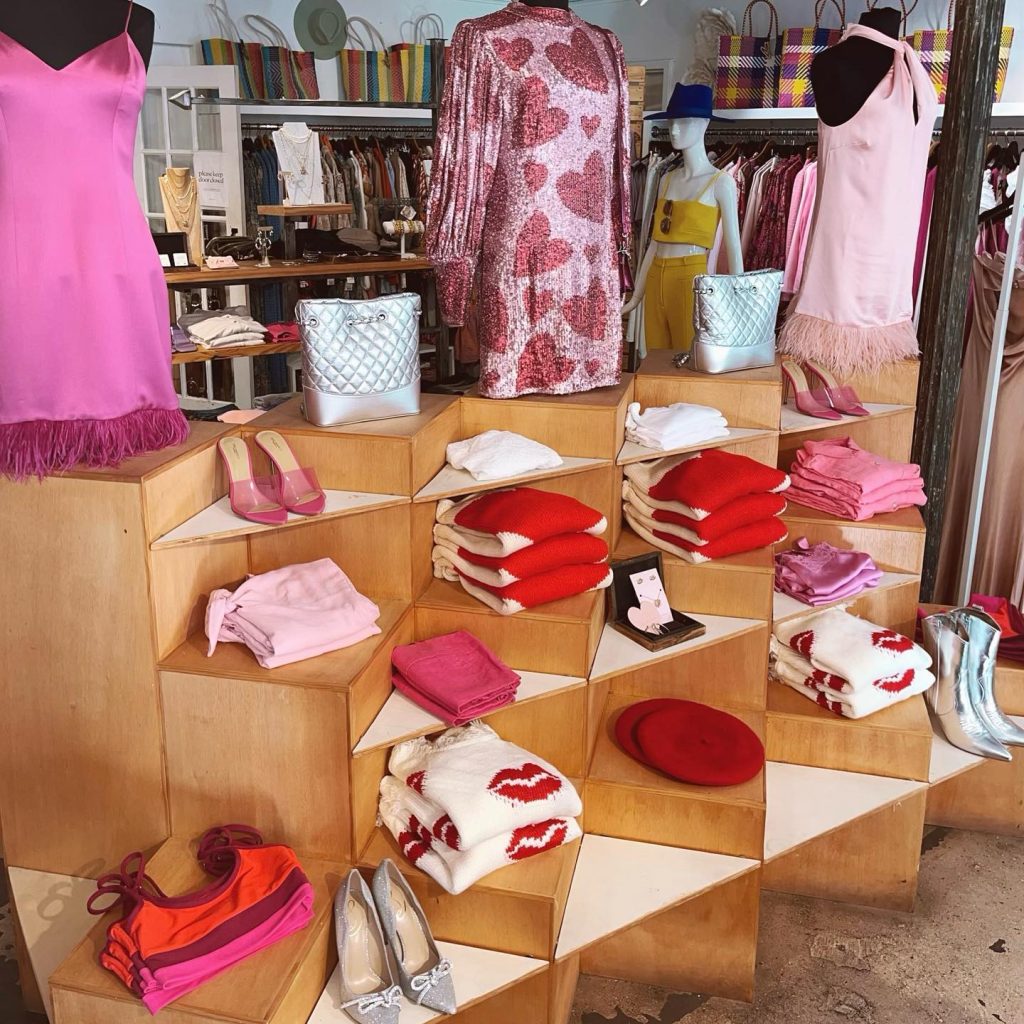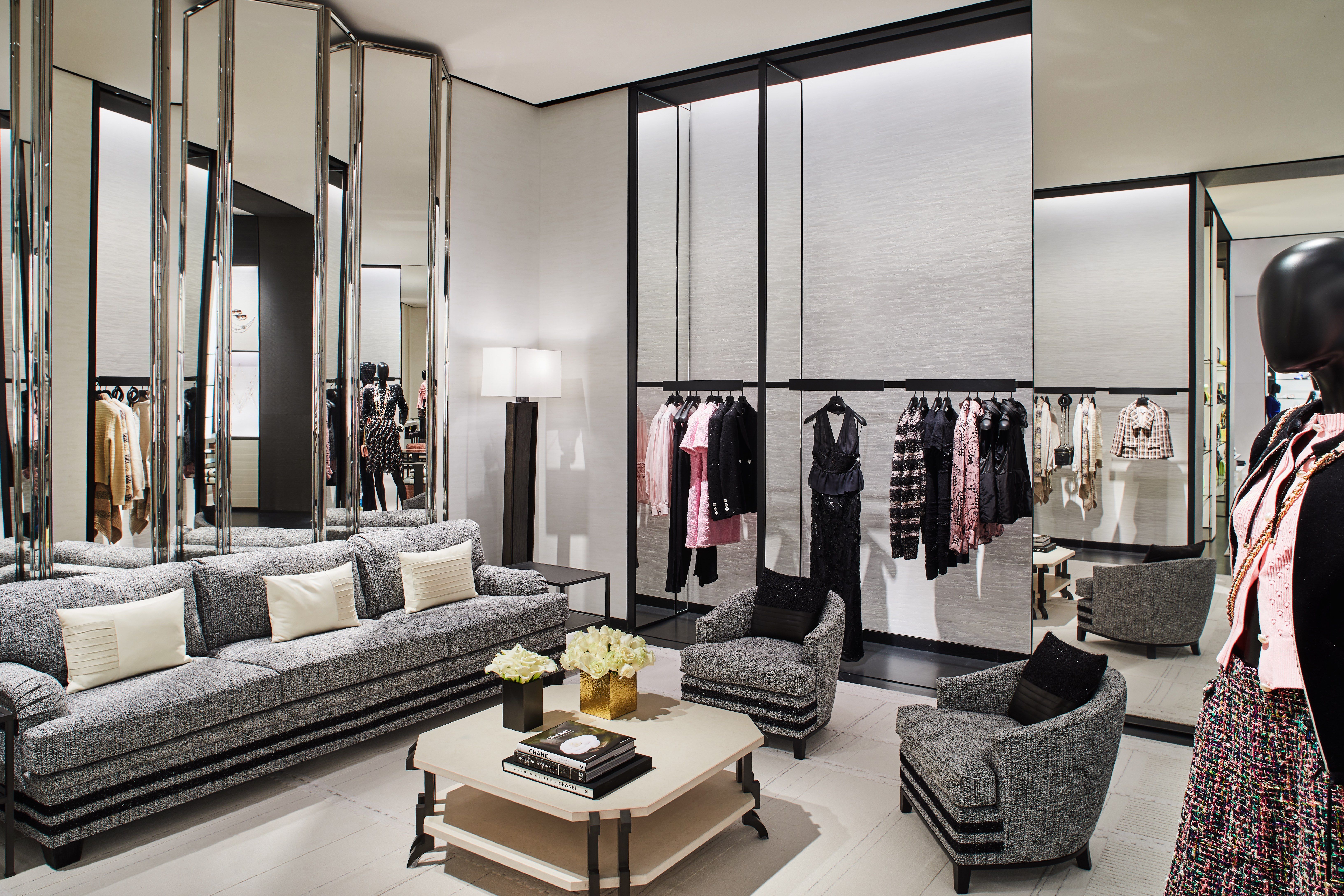Elevate Your Closet with Stunning Boutique Fashion Essentials
Elevate Your Closet with Stunning Boutique Fashion Essentials
Blog Article
A Deep Dive Into the World of High-Fashion Runways: Comprehending Apparel as Art
High-fashion paths have actually become fields where clothing transcends its utilitarian origins, advancing right into an innovative kind of imaginative expression. Developers, similar to masterful artists, weave intricate narratives with fabric, form, and shade, testing standard standards and redefining beauty requirements. These shows are greater than mere displays; they are immersive experiences, where every stitch and joint informs a tale rich with social importance and progressive innovation. As we discover these sartorial eyeglasses, we must consider: what role does style play in shaping societal values, and just how does it reflect the ever-changing tapestry of human feeling and identification?
The Evolution of Runway Shows
The trajectory of runway shows has actually transformed substantially over the decades, evolving from special market occasions to exciting eyeglasses that mix style with art. Generally, path programs made love affairs, kept in ateliers or small places, mainly participated in by customers and industry experts. These early presentations concentrated on the garments' workmanship and industrial feasibility, supplying a functional and direct screen of seasonal collections.
As the fashion sector expanded, the nature of runway shows began to change. The 1970s and 1980s noted a turning factor, with designers seeking to identify themselves with even more staged discussions.
In the last few years, innovation and social media have better changed path shows, making them available to an international target market. Livestreaming and digital platforms have democratized style, enabling lovers worldwide to witness these events in real-time (boutique fashion). This evolution mirrors a more comprehensive cultural change, where high-fashion runways function as a vibrant intersection of advancement, performance, and style
Designers as Enthusiast Artists
How have designers transcended their functions to end up being visionary artists? Developers in the high-fashion sector have actually obscured the lines in between practical garment production and the theoretical world of art. This change appears in the means they approach their collections, not simply as garments however as profound expressions of feeling, identity, and culture. By embracing artistic techniques such as sculpture, paint, and avant-garde installations, developers craft garments that challenge traditional style norms and boost them to art types.
Visionary developers attract inspiration from a myriad of sources, including abstract art, historic referrals, and individual narratives. They have a special ability to envision and materialize ideas that push the borders of traditional style, usually redefining aesthetic standards at the same time. This creative ingenuity is showcased via dramatic shapes, cutting-edge materials, and elaborate workmanship, which invite customers to experience style as more than simply wearable products.
Moreover, the path acts as a canvas for these musicians, where illumination, music, and established design coalesce to create immersive experiences. These discussions are not merely display screens of clothing yet are managed efficiencies that stimulate emotion and prompt idea, affirming the designer's function as a real musician in the contemporary social landscape.
Social Impacts in Fashion
Social tapestry weaves its intricate patterns right into the textile of style, influencing developers worldwide. The vibrant interchange of cultural tales, customs, and signs notifies and motivates collections that elegance high-fashion runways. Developers thoroughly draw from their heritage or engage with cultures distinctive from their very own, crafting garments that offer as visual narratives. This cultural discussion not just enriches the aesthetic diversity but likewise cultivates a much deeper understanding and recognition of worldwide identities.
The impact of culture on fashion is typically seen in the reinterpretation of typical garments and patterns. As an example, making use of Japanese bathrobes, Indian saris, or African prints in modern fashion mirrors a mix of social authenticity and modern-day visual appeals. Designers such as Valentino's Pierpaolo Piccioli and Alexander McQueen's Sarah Burton have been understood to integrate abundant social concepts right into their couture collections, converting history into wearable art.

Development in Fabric and Design
Innovation in fabric and layout regularly reshapes the landscape of high-fashion, pressing borders and redefining possibilities. Designers are increasingly exploring see this site the assimilation of innovation, such as 3D printing, which permits for the creation of complex frameworks that were previously unbelievable.
The style sector is experiencing a rise in the use of eco-friendly products, derived from recycled plastics, natural fibers, and also eco-friendly parts. Designers are accepting these materials to craft garments that are both visually striking and aware of their environmental footprint.
In terms of design, speculative forms and avant-garde shapes are continually changing the path. By including non-traditional materials and advanced techniques, developers cultivate garments that blur the line in between fashion and art, establishing brand-new criteria for imagination and expression in the high-fashion sphere.
Influence of Style on Culture
Fashion wields an extensive influence on culture, functioning as both a reflection of cultural identification and a stimulant for social modification. With its development, style has mirrored social shifts, enveloping the zeitgeist of different ages. For example, the flapper gowns of the 1920s embodied a newly found sense of females's liberation, while the bold prints of the 1960s resembled the revolutionary spirit of the moment. High-fashion paths, in particular, work as platforms for tough standards and redefining elegance standards. Designers use these venues to attend to pressing social issues, from sustainability to variety, consequently forming public discussion.
In addition, fashion has the power to bridge cultural spaces, fostering understanding and appreciation amongst diverse teams. As globalisation speeds up, the cross-cultural exchange of fashion concepts comes to be increasingly substantial, advertising inclusivity and diversity. The rise of streetwear, originating from city subcultures, illustrates just how style can go beyond socio-economic borders, giving individuals a means of self-expression and empowerment.
Fundamentally, fashion is not merely concerning looks; it is a dynamic force that influences worths, mindsets, and read this post here societal progress (boutique fashion). By continually connecting with social and social currents, fashion continues to be an essential part of the collective human experience

Final Thought
High-fashion runways act as dynamic sectors where clothes goes beyond functionality to come to be an expressive art kind. Developers, comparable to visionary artists, coordinate collections that mirror identity, emotion, and social narratives, challenging typical looks. The combination of ingenious textile and style, coupled with elaborate set styles, lights, and songs, develops immersive experiences that celebrate multiculturalism. their website This intersection of fashion and virtuosity not only astounds audiences around the world but likewise affects societal perceptions and promotes a deeper recognition for multiculturalism.

Social tapestry weaves its complex patterns into the material of style, affecting developers around the world.Style wields a profound impact on culture, offering as both a reflection of cultural identification and a stimulant for social adjustment.
Report this page